Lugeon Test
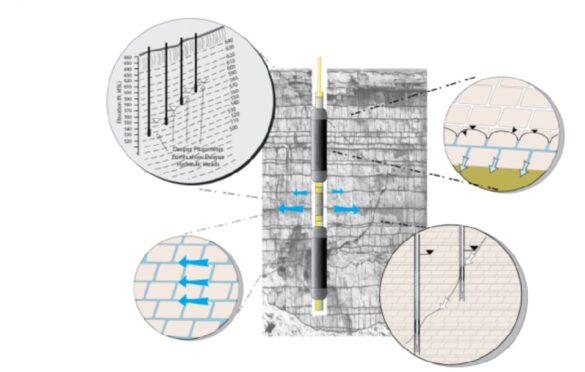
1. Introduction to the Lugeon Test
The Lugeon test, named after its creator Maurice Lugeon, is a widely used technique in hydrogeology to assess rock permeability. This test plays a crucial role in understanding the flow of groundwater and characterizing aquifers.
2. Conducting the Lugeon Test
2.1: Test Setup and Procedure
The Lugeon test involves injecting water into a borehole under controlled pressure and monitoring the flow rate and pressure response. The test typically includes drilling a borehole, installing a packer system to isolate a specific interval, and using a high-pressure pump to inject water into the rock formation.
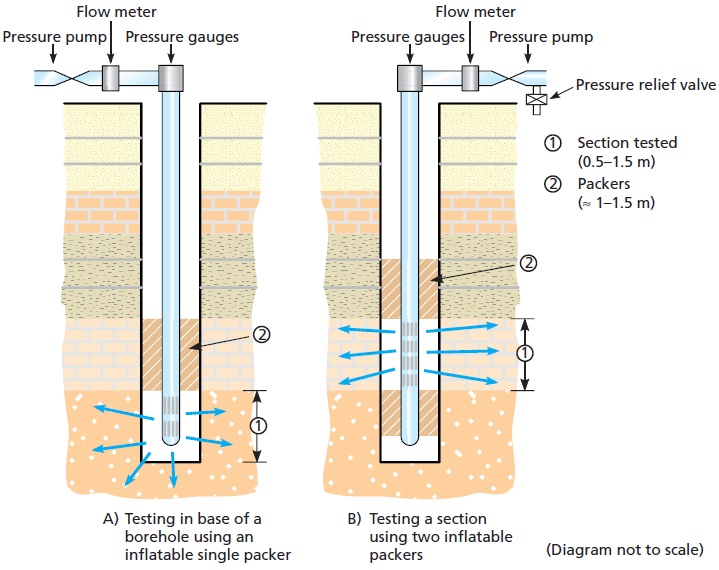
2.2: Data Collection and Interpretation
During the test, parameters such as water injection rate, pressure variation, and water absorption are carefully measured. These data are then analyzed to calculate the Lugeon value, which indicates the degree of rock permeability. A higher Lugeon value suggests greater permeability and vice versa.
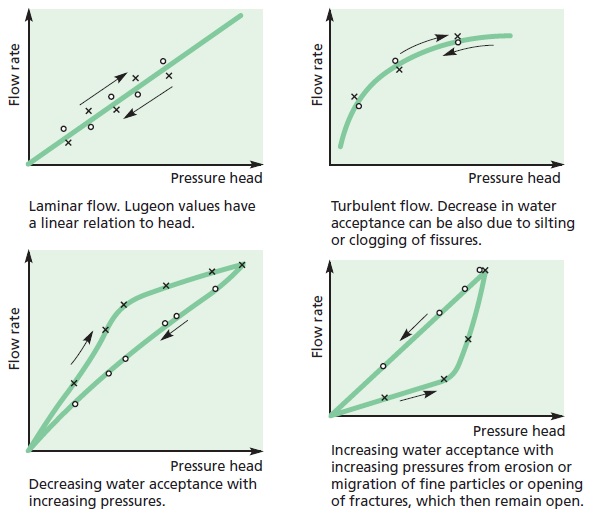
3: Significance of the Lugeon Test
3.1: Groundwater Flow Assessment
The Lugeon test provides valuable insights into the flow characteristics of groundwater within a specific rock formation. By understanding permeability, hydrogeologists can evaluate the potential for groundwater contamination, determine optimal well locations, and design effective remediation strategies.
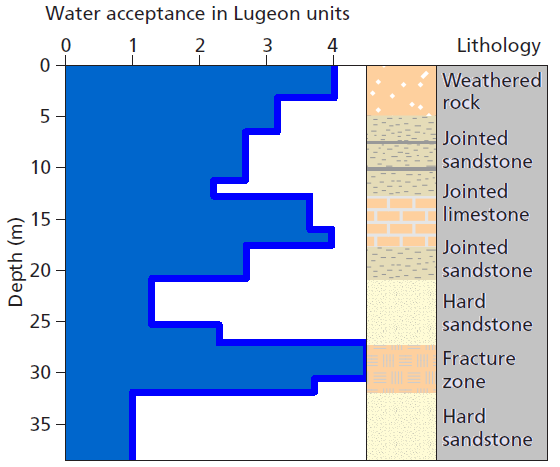
3.2: Aquifer Characterization
Accurate aquifer characterization is crucial for sustainable water resource management. The Lugeon test helps hydrogeologists assess the storage capacity and hydraulic conductivity of aquifers, aiding in the estimation of groundwater availability and sustainable yield.
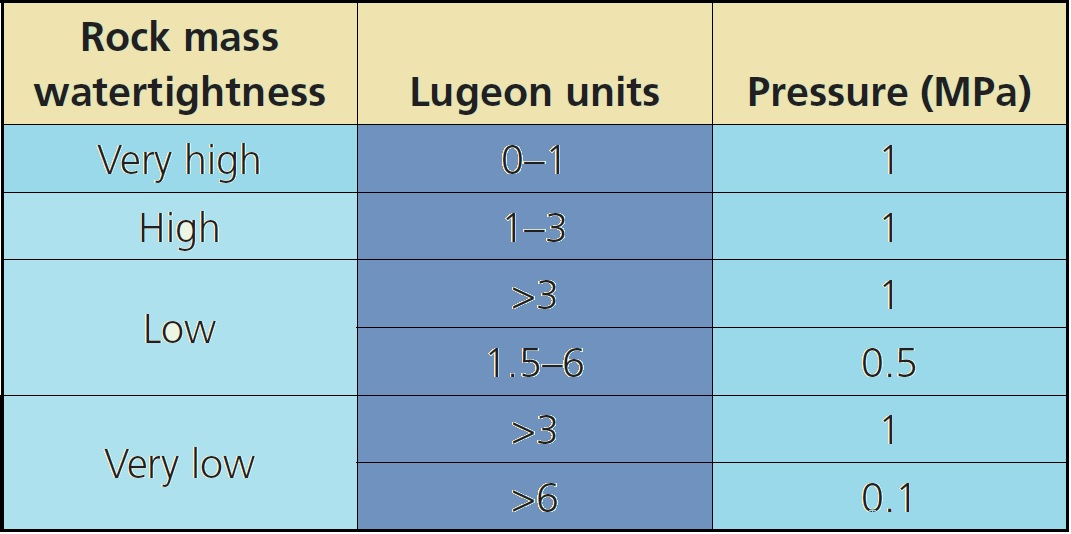
4: Conclusion
The Lugeon test offers a comprehensive assessment of rock permeability, enabling hydrogeologists to make informed decisions regarding groundwater flow and aquifer management. By incorporating this test into hydrogeological investigations, researchers can improve the understanding of subsurface water systems and promote sustainable water resource development.
